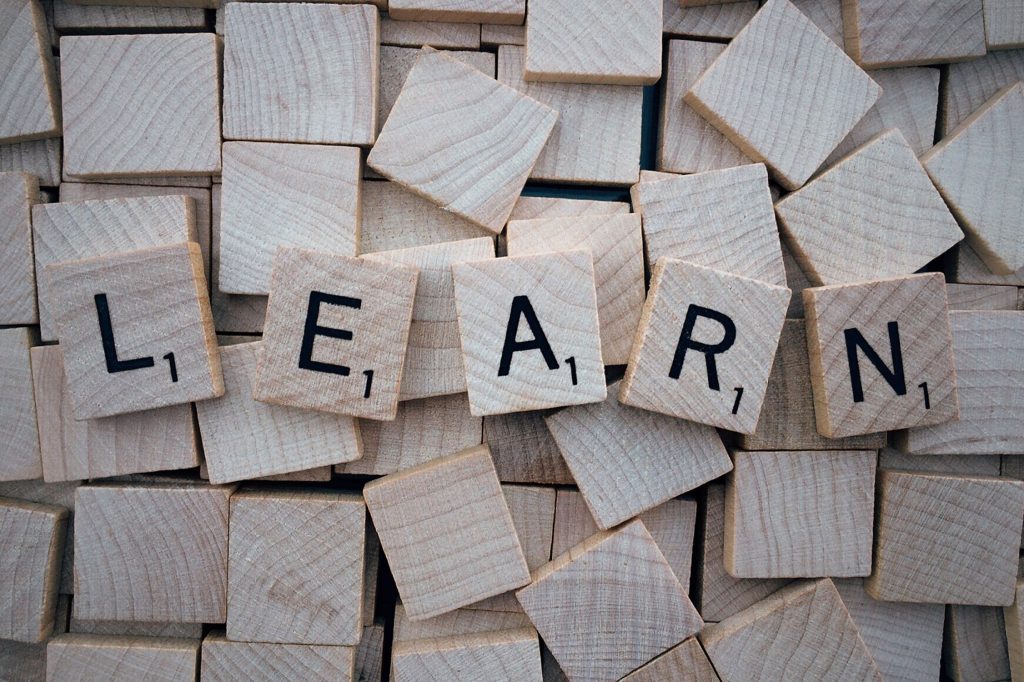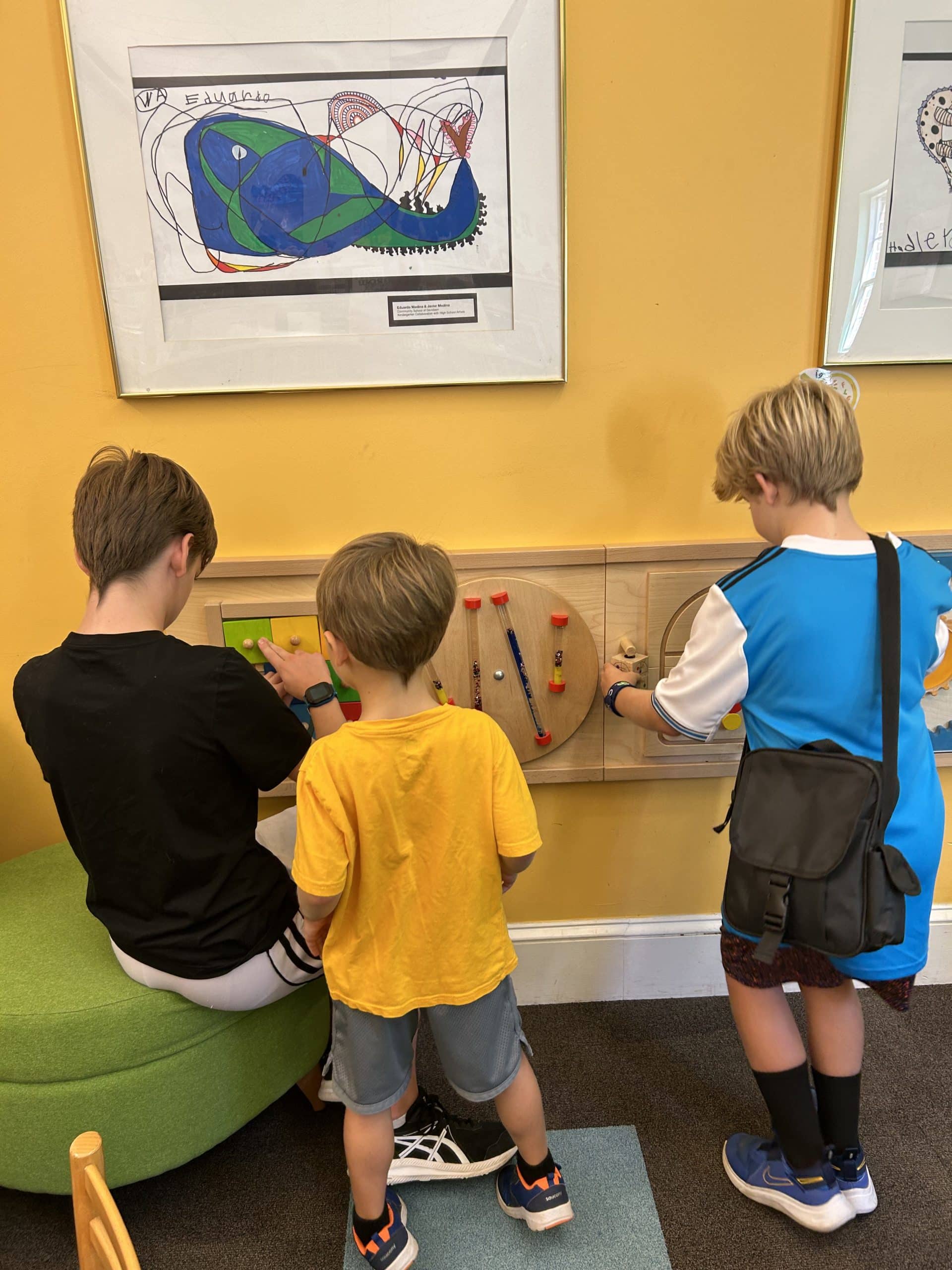The learning process involves many steps. Many educators use the process of Bloom’s Taxonomy to engage a student’s learning. However, many educators believe that Maslow’s pyramid must be before Bloom. Maslow’s Hierarchy is based on the overall health and wellness of a student.
Both Maslow and Bloom start with a base and moves up a pyramid once each skill is achieved. Bloom focuses on the levels of learning and understanding. Maslow focuses on the levels of physical wellness.
Learning Depends on Needs
In a summary of Maslow: Needs motivate students. Also, they must be met according to a hierarchy. However, the order is flexible based on the individual differences of each student. Although, a variety of things motivate most needs.
Maslow further tweaked his hierarchy to include eight stages. These levels include biological and physiological needs, Safety, Cognitive, Aesthetic, Self-actualization, Transcendence. Still, psychologists claim that this model is off the mark because it doesn’t give credit to the function of social connections. The hierarchy creates a neat order and gives to predictability. However, the order and predictability make it wrong. Nowhere does it connect one to society. The connection to others is essential for survival.
Yet, as students feel the frustration of their needs through social means, the environment is to blame. This is because certain situations block the developing student. Therefore, there is no motivation.
Despite the criticism of Maslow’s hierarchy, it represents an important change in psychology. Therefore, many schools use Maslow in classrooms. Maslow focused on healthy individuals and not abnormal behavior of development. Maslow’s desire is to help people live their best lives. This plays an important part in today’s educational systems. Therefore, motivated students perform their best. Unmotivated students are unlikely to meet success in the learning process. Consequently, schools must think to apply Maslow’s theory to improve student learning.
![]()



